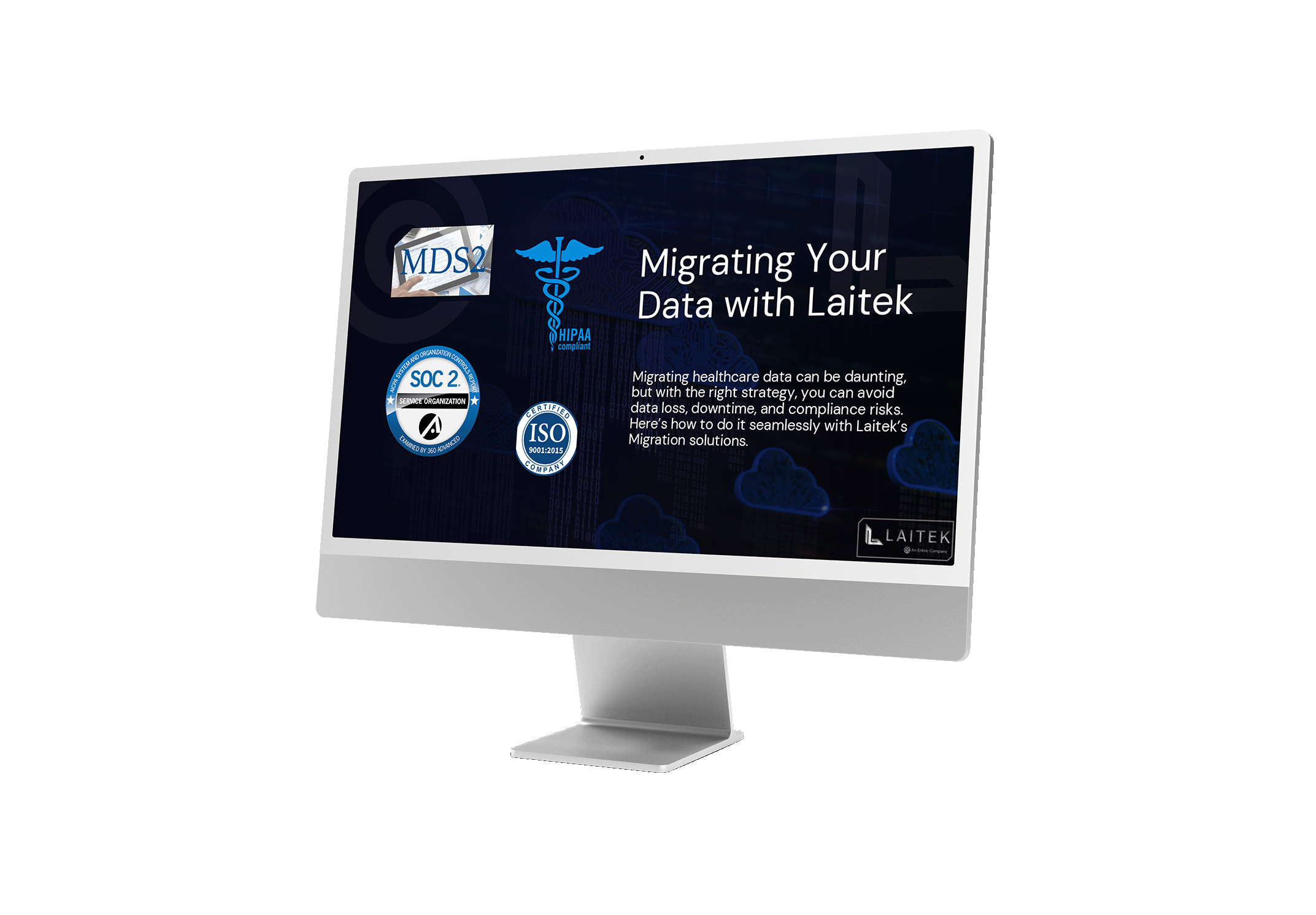There are many trade shows and conferences that are great for educating us about the new innovations in radiology. A couple of our favorites include RSNA (Radiological Society of North America), HIMSS (Healthcare Information and Management Systems Society), and UKIO. While you will see us in attendance at these and others, there is always so much information to ingest. We will break it down into the top five new innovations in radiology as of May 2023, shedding light on how these advancements are transforming and improving patient care.
1. Artificial Intelligence (AI) and Machine Learning:
Artificial Intelligence has the potential to be a game-changer in radiology. AI and machine learning algorithms are being integrated into various tasks, such as image analysis, automated detection of abnormalities, and diagnostic assistance. The deployment of AI in medical imaging enhances efficiency, accuracy, and exam throughput. It helps reduce retakes, improves image quality, and assists with data organization and retrieval. Moreover, AI has the potential to address issues related to physician burnout and radiologist staff shortages. But look beyond the normal uses of AI such as image detection and look at the workflow and data management solutions that are leveraging AI in a unique way. These solutions are solving root causes of inefficiency and capacity challenges.
2. Advanced Visualization:
The field of radiology is being transformed by advanced visualization techniques such as 3D rendering, virtual reality (VR), and augmented reality (AR). These innovative technologies provide immersive and highly detailed views, significantly enhancing anatomical understanding. In patient education, the use of 3D medical imaging allows for clear and comprehensive explanations of diseases and medical procedures. For radiologists and specialists, VR technology enables the review of intricate anatomy within a virtual 3D/4D environment, offering valuable support for pre-surgical planning and interventions.
3. Movement to Web-Based Enterprise Imaging Systems (VNA (Vendor Neutral Archive):
Web-based systems have been around for a while now, but the expansion into the enterprise continues to grow. These systems enable clinicians to access images and reports from anywhere without specific workstations, including mobile devices. Integration of AI and advanced imaging tools enhances data sharing, interoperability, and accessibility across health systems, benefiting both healthcare professionals and patients. This advancement allows for efficient access to critical information, faster decision-making, remote consultations, improved patient care, and enhanced patient engagement.
4. Adoption of Off-Site Cloud Storage in Healthcare:
The healthcare industry is witnessing a growing acceptance of off-site cloud storage for storing images and patient data. Cloud-based archive storage, provided by third-party server farm firms like Google Health and Amazon, offers numerous advantages. These include round-the-clock monitoring by dedicated cybersecurity teams and scalability without the need for additional hardware installations. By outsourcing storage to the cloud, hospitals can redirect their resources towards patient care instead of IT (Information Technology) maintenance and on-premises infrastructure. This transition not only enhances data security but also facilitates seamless data sharing between healthcare providers, promoting collaboration and efficient delivery of care. Slower to be adopted, are the use of compute power in the cloud for the hosting of applications, with many facilities having private clouds hosting the plethora of cloud-based solutions.
5. Medical Image Data Management using AI:
Medical images are complex and diverse, making standardization and efficient data analysis difficult. Enlitic has developed a universal ontology to normalize and enrich the data with clinical relevance, enabling consistent reading protocols and improved workflow for radiologists. Enlitic utilizes artificial intelligence to normalize data that enables facilities to streamline the assignment of studies, ensuring that each study is directed to the appropriate AI tools for optimal diagnostic accuracy. This study orchestration process optimizes the workflow and enables efficient utilization of AI capabilities in radiology. Additionally, Enlitic incorporates an anonymization tool that effectively removes protected health information (PHI) from metadata and pixel data. This privacy-enhancing mechanism safeguards patient confidentiality while retaining valuable information necessary for analysis, contributing to both data security and research. No other tool utilizes AI in these ways within radiology. Enlitic, a pioneering company in this field, is addressing long-standing challenges in medical image data management.
The field of radiology continues to be propelled forward by new innovations and technologies. The integration of AI and machine learning, advanced visualization techniques, web-based enterprise imaging systems, cloud storage solutions, and AI-powered image data management tools are reshaping the landscape of radiology, improving diagnostics, patient care, and overall operational efficiency. Staying abreast of these latest advancements is crucial for healthcare professionals looking to provide the best possible care in the ever-evolving field of radiology.








